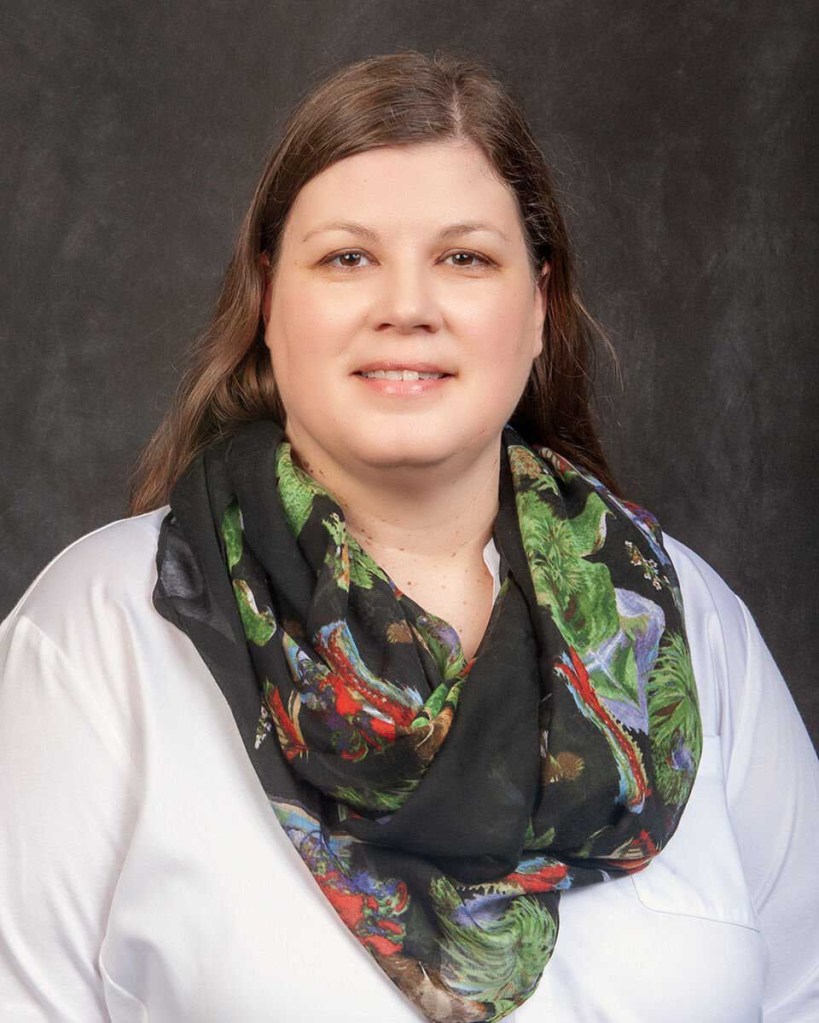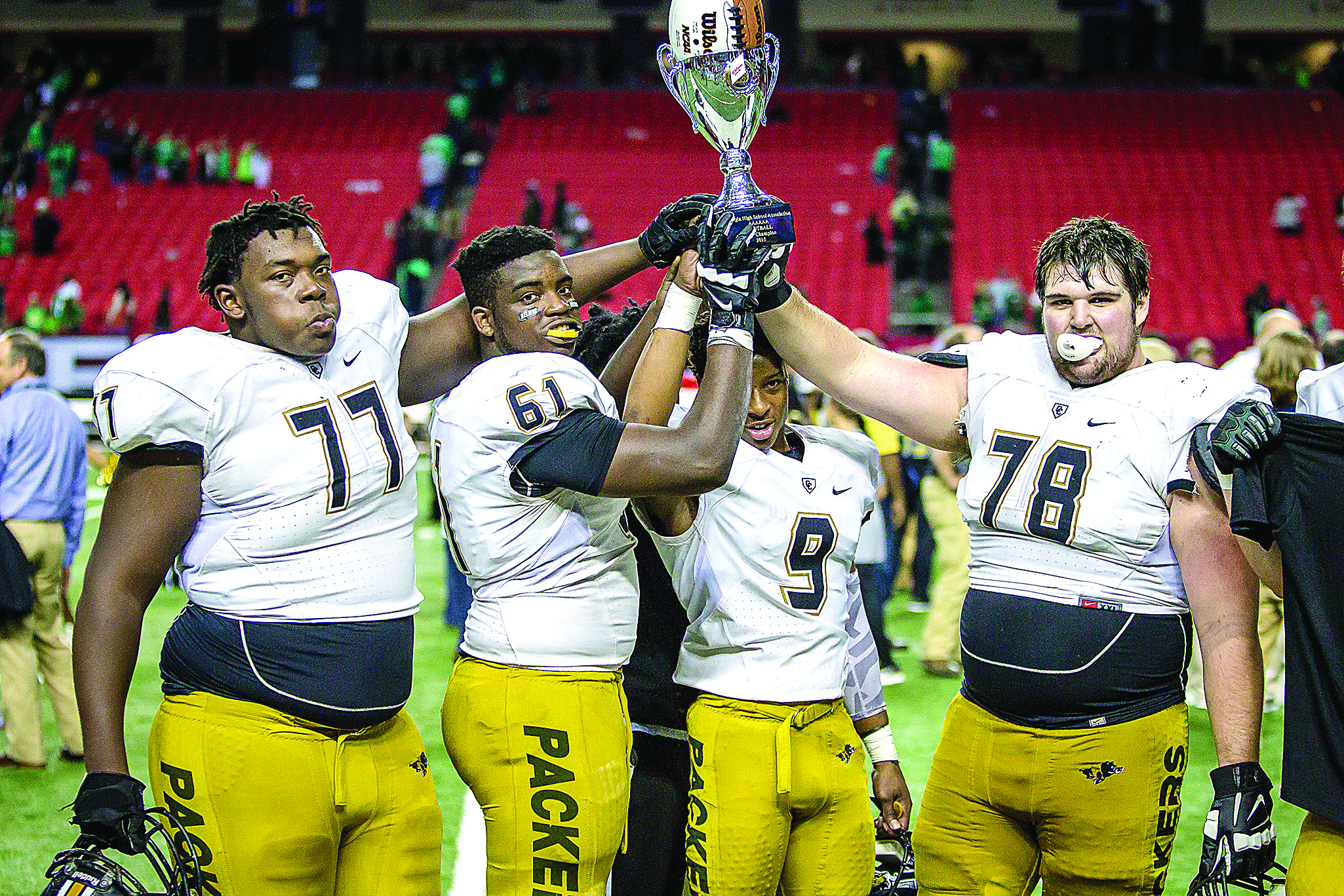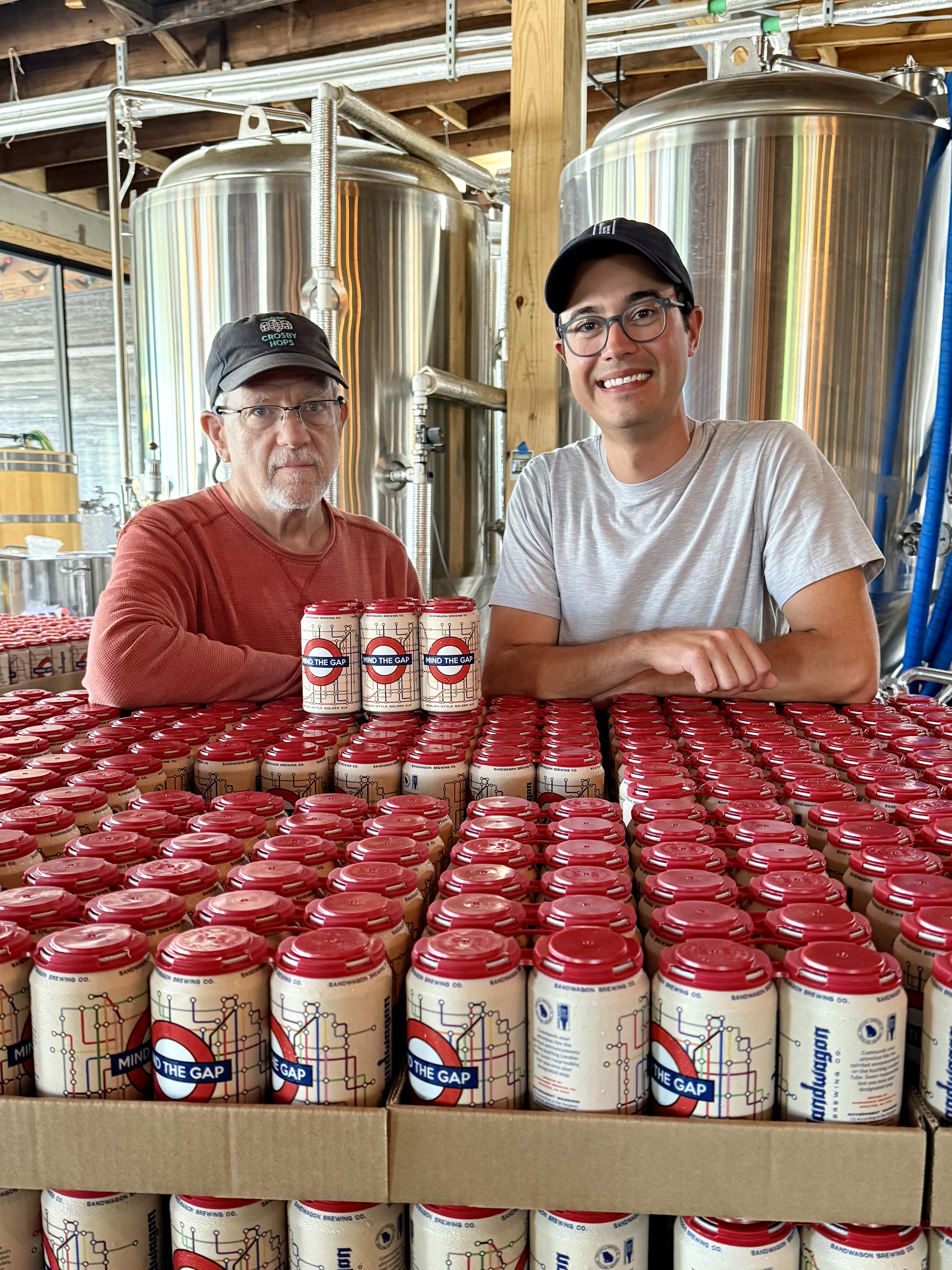Museum exhibit brings to light birth of American foster care system
Published 4:05 pm Sunday, January 30, 2022

- Dr. Deborah Shropshire
ENID, Okla. — A historical museum in north-central Oklahoma is showcasing a period in American history when thousands of children were taken hundreds of miles across the country in hopes of giving them a better life.
Cherokee Strip Regional Heritage Center’s newest exhibit shows how times have changed in the 150 years since the so-called “Orphan Train Movement” began in New York City, said the center’s curator, Amy Johnson.
The new exhibit, which runs until June in a partnership with the National Orphan Train Complex in Concordia, Kan., traces the birth of America’s modern child welfare system and its effect on rural areas, as well as the nation’s labor system and the professional roles of women in child welfare.
Johnson, who moved to Oklahoma three years ago with two foster children she later adopted, said she took on planning the exhibit as a “pet project.” She helped build a train car replica with the Heritage Center’s maintenance director, and researched and wrote the text panels with its archivist. The center borrowed about half to three-fourths of the photos and murals from Concordia’s museum, while using artifacts from its own collection.
Between 1854 and 1929, an estimated 250,000 orphaned, abandoned or homeless children were transported to rural communities across the country, according to the National Orphan Train Complex. The idea for the Orphan Train Movement began with Charles Loring Brace, who created the NYC-based private nonprofit Children’s Aid Society, with several other placing organizations such as the Catholic-run New York Foundling Hospital quickly following suit.
Every several months, children would be put onto cars similar to the replica sitting in the Heritage Center, a scale model of a train in Concordia.
“With these (trains), the kids thought they were the only ones on the train, that they were so special,” Johnson said.
They were allowed to bring nothing except their clothes, Johnson said; the goal was to leave their pasts behind. Hired Society agents supervising the trip, almost all women, would take even a child’s teddy bear or an envelope containing a parent’s address in New York.
These kids would be taken out west because of a massive farm labor shortage, Johnson said, at a time when underage child labor was common and the child mortality rate was as high as 25%. Older boys were placed as indentured servants on farms, and girls would learn to do domestic labor indoors. The foster families had to provide an education, but Johnson said a family could cancel a child’s contract at any time and the child would move to another home.
“You had to agree to provide for their education as if they were your own children … and bring them up in the ‘right way,’” she said. “Sometimes the kids were happy and accepted as one of (the family’s) own, sometimes they ran away and sometimes it was just horrible.”
Child welfare became governmentally regulated around 1925, following several child labor and adoption laws of the early-20th century.
As the nation’s welfare system changed and social work became a standardized profession, Brace’s organization was the last to cease operations in 1929, and the nearly 80-year-long movement came to an end, according to the National Orphan Train Complex. Johnson said employment of minors eventually was prohibited with the passage of the Fair Labor Standards Act in 1938.
Oklahoma’s own foster program, she said, has made a 180-degree change in the 150 years since the orphan trains started running.
“It was very finite — no contact, nothing, you’re not even gonna know how to get home, you’re not gonna know where your going,” Johnson said. “The goal is very different now. It’s what’s best for the kids, what’s best of the families as a whole, rather than financial gains or anything like that.”
The modern child welfare system has evolved about four or five times since the train movement ended by 1930, and state-run systems seen today are about 50 years old in Oklahoma and around the country, CWS Director Dr. Deborah Shropshire said.
Around 6,900 minors currently are in state custody, according to DHS. Most are in temporary foster homes — a temporary home environment, waiting to go home to their parents — while some are in a “trial adoptive home” or already with their parents for a “trial reunification.” Half of Oklahoma children in state foster care go home to be reunited with their parents, Shropshire said.
Federally recognized tribes in Oklahoma have their own child welfare systems separate from DHS, but a vast majority of children with tribal affiliation in foster care are in state custody, so the two agencies are in constant contact, Shropshire said.
Around 16 private agencies throughout Oklahoma contract with the state to help recruit foster homes.
“Sometimes the kids were happy and accepted as one of (the family’s) own, sometimes they ran away and sometimes it was just horrible.”
~ Amy Johnson, CSRHC curator
Between 1854 and 1929, an estimated 250,000 orphaned, abandoned or homeless children were transported to rural communities across the country, including to Oklahoma and Kansas.





